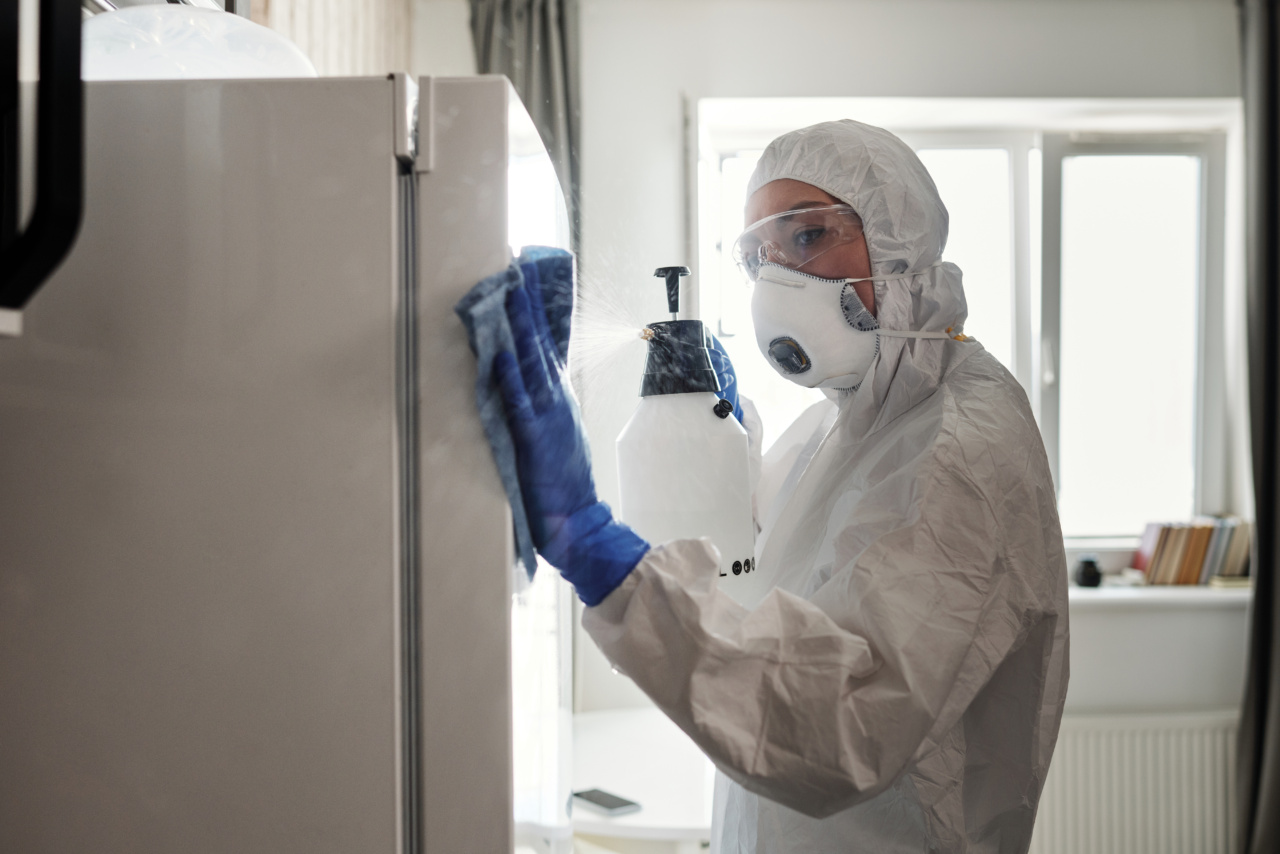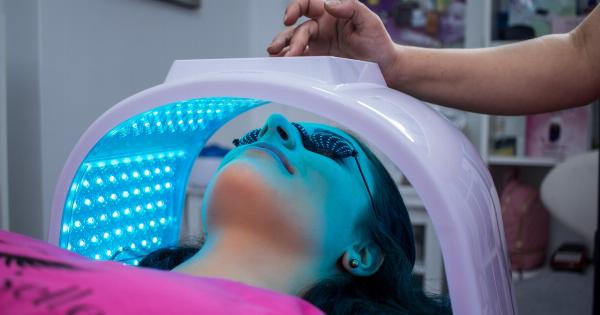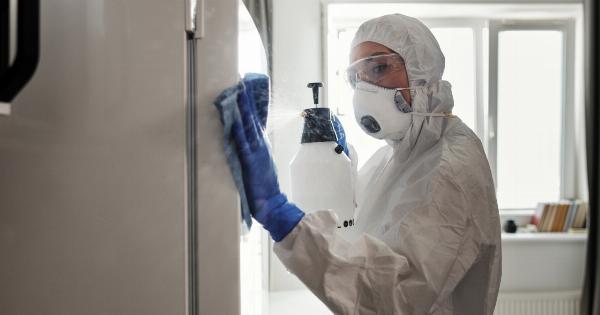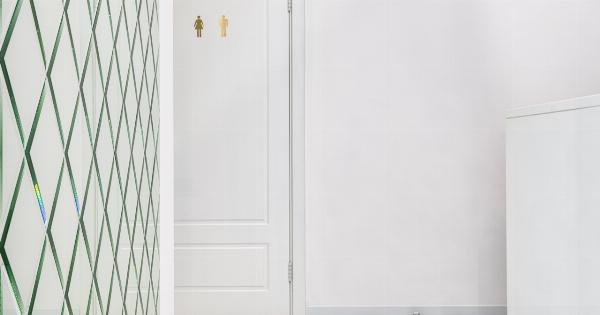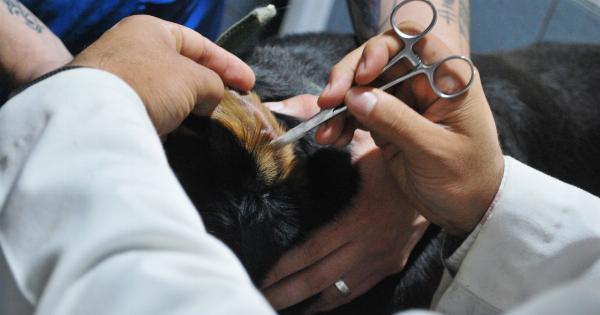Proper ear hygiene is essential to maintain good ear health and prevent complications such as infections and hearing loss. However, it’s crucial to clean your ears safely to avoid damaging the delicate structures of the ear canal and the eardrum.
In this article, we will explore the best practices for safely cleaning your ears.
1. Understand the Ear Anatomy
Before delving into ear cleaning techniques, it’s essential to familiarize yourself with the structure of the ear. The outer part of the ear, called the pinna, captures sound waves and directs them towards the ear canal.
The ear canal, also known as the external auditory canal, is the passageway that leads to the eardrum. The eardrum separates the outer ear from the middle ear and vibrates in response to sound waves.
2. Avoid Using Cotton Swabs
Contrary to popular belief, cotton swabs should never be inserted into the ear canal. Q-tips or cotton swabs tend to push earwax deeper into the canal, potentially causing impaction or damage to the eardrum.
It is essential to remember that earwax has a natural self-cleaning mechanism and usually migrates out of the ear naturally.
3. Clean the Outer Ear Only
When it comes to ear cleaning, focus on the outer part of the ear rather than the inner canal. Gently wipe the outer ear using a soft cloth or a dampened cotton ball to remove dirt and debris. Avoid inserting anything into the ear canal.
4. Try Cerumenolytic Agents
If you experience excessive earwax buildup or blockage, consider using cerumenolytic agents. These are ear drops specifically designed to soften and dissolve earwax, making it easier to remove.
However, always follow the instructions provided and seek professional advice before using any ear drops.
5. Rinse Your Ears with Warm Water
If you have excess earwax that needs to be removed, you can try flushing your ears with warm water. Using a bulb syringe or a specialized ear irrigation kit, gently squirt warm water into the ear canal. Tilt your head to allow the water to drain out.
This method can help loosen and wash away excess earwax, but should only be done after consulting a healthcare professional.
6. Seek Professional Help
If you are experiencing symptoms such as ear pain, hearing loss, or a feeling of fullness in the ear, it is recommended to seek assistance from a healthcare professional.
They can examine your ears, determine the underlying cause, and provide appropriate treatment or guidance. This is especially crucial if you have a history of ear problems or a perforated eardrum.
7. Be Cautious with Ear Candles
Ear candling is a popular alternative practice that claims to remove earwax, but it is not supported by scientific evidence and can cause harm. Ear candles involve placing a hollow, cone-shaped candle into the ear canal and lighting it at the other end.
However, this method can result in burns, eardrum perforation, or even a blockage of candle residue inside the ear.
8. Avoid Loud Noises
Exposure to loud noises can damage your hearing and contribute to various ear-related problems. Protect your ears by avoiding prolonged exposure to loud music, machinery, or other sources of excessive noise.
If you cannot avoid such environments, consider wearing earplugs or earmuffs for hearing protection.
9. Practice Good Hygiene
Keeping good hygiene habits can also contribute to ear health. Avoid inserting objects like bobby pins, pens, or other small items into your ears, as they can cause injury or increase the risk of infections.
Additionally, regularly clean your earbuds or headphones to prevent the buildup of bacteria or earwax.
10. Visit an Audiologist or ENT Specialist Regularly
Regular visits to an audiologist or an ear, nose, and throat (ENT) specialist are essential for maintaining ear health.
These professionals can examine your ears, check for any signs of abnormalities or wax build-up, and provide appropriate guidance for cleaning and maintaining your ears.
